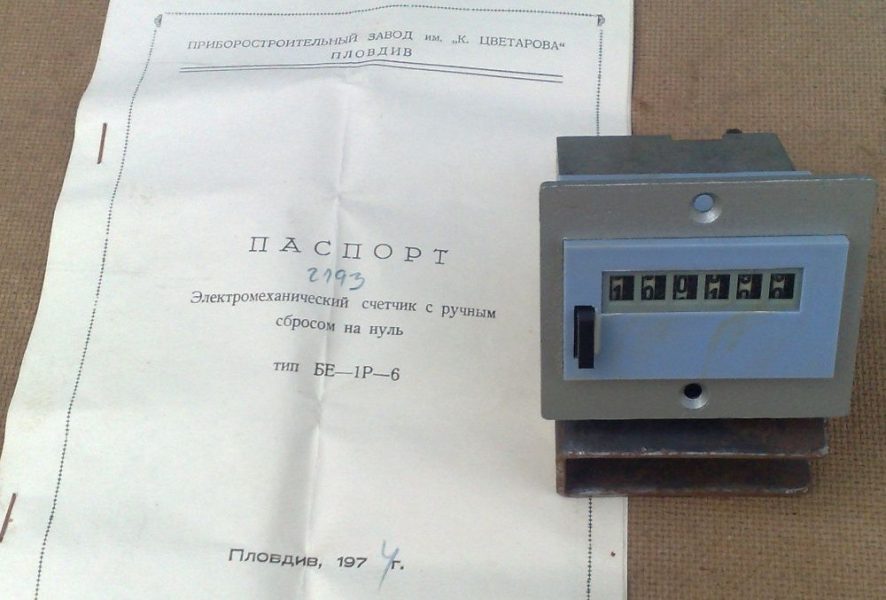
What to do when the engine boils and steam comes out from under the hood
 The engine is like the human body. Too low or, even worse, too high a temperature means trouble and can be fatal. Therefore, it must be monitored on an ongoing basis.
The engine is like the human body. Too low or, even worse, too high a temperature means trouble and can be fatal. Therefore, it must be monitored on an ongoing basis.
The engine coolant temperature, colloquially referred to as engine temperature, should be between 80-95 degrees Celsius, regardless of weather conditions. If the car is fully loaded, going uphill is steep and hot, it can reach up to 110 degrees. You can then help the engine cool down by turning the heat up to maximum and opening the windows. Heating will take some of the heat from the power unit and should reduce its temperature. If it doesn’t help, especially after leaving on a flat road, we have a breakdown.
Remember to get air
Many drivers block the radiator air intakes in winter in order to warm up the power unit faster. When the frosts end, these partitions need to be removed. Never ride with them in the summer because the engine will overheat.
See also: Service and maintenance of the car air conditioner - not only pest control
– The coolant flows in two circuits. After starting the engine, it works less, and then the fluid circulates through the channels in the head and cylinder block, among others. When the temperature rises, the thermostat opens a second, larger circuit. The liquid then passes through a cooler along the way, where its temperature is lowered in two ways. The air sucked in by the car from the outside blows into the air ducts, so it must not be clogged in summer. Natural cooling is additionally supported by a fan, explains Stanisław Plonka, an experienced mechanic from Rzeszów.
One thermostat, two circuits
Thermostat malfunctions are the most common cause of temperature problems. If the large circuit is not opened, the coolant in hot weather will quickly heat up and begin to boil. Fortunately, thermostats for most popular car models cost less than PLN 100. Therefore, these parts are not repaired, but immediately replaced. This is not a difficult task, most often it consists only in unscrewing the old element and replacing it with a new one. It is also usually necessary to top up the coolant level.
The driver can check if a faulty thermostat is the cause of the problem. While the engine is warm, touch the rubber hose to the radiator fluid supply and the radiator itself. If both are hot, you can be pretty sure that the thermostat is working properly and opening the second circuit.
See also: Installation of a gas installation - what to consider in the workshop? (PHOTOS)
When there is no coolant
Fluid loss is the second most common cause of trouble. They are usually caused by minor leaks in the hoses and radiator. Then wet spots form under the machine. It also happens that the car has a burnt head gasket and the coolant is mixed with engine oil. In both cases, problems can be detected by regularly checking the fluid level in the expansion tank. It is easier to see the large fluid loss caused by pipe rupture. Then the temperature of the engine rises sharply, and puffs of steam escape from under the hood. You must stop the car in a safe place and turn off the engine as soon as possible. You should also open the hood, but you can raise it only after the steam subsides. “Otherwise, hot fumes swirling under the hood can hit the driver in the face and burn her painfully,” the mechanic warns.
Temporary repair of wires can be done with electrical tape and insulation and foil. Loss of coolant can be replenished with water, preferably distilled. However, only a mechanic can get such a car. In the service, in addition to repairing hoses, you must also remember to change the coolant. In winter, water can freeze and damage the engine head. The cost of such a failure is often in the thousands of zlotys.
Water pump failure - engine hardly cools
There are also failures of the fan or fans installed in front of the radiator and the water pump that distributes the coolant throughout the system. It is driven by a toothed belt or V-belt. Most often, its rotor fails, which in many models is made of plastic and does not stand the test of time. The belt then drives the pump but does not deliver fluid. In this situation, the engine practically does not cool. Meanwhile, engine overheating quickly damages pistons, rings, and rubber seals on valves. If this happens, the car will soak up oil and not have proper compression. It will need to be repaired or replaced, ie. several thousand zloty expenses.
See also: Driving in a car - a check, a snowflake, an exclamation mark and more. Photoguide
